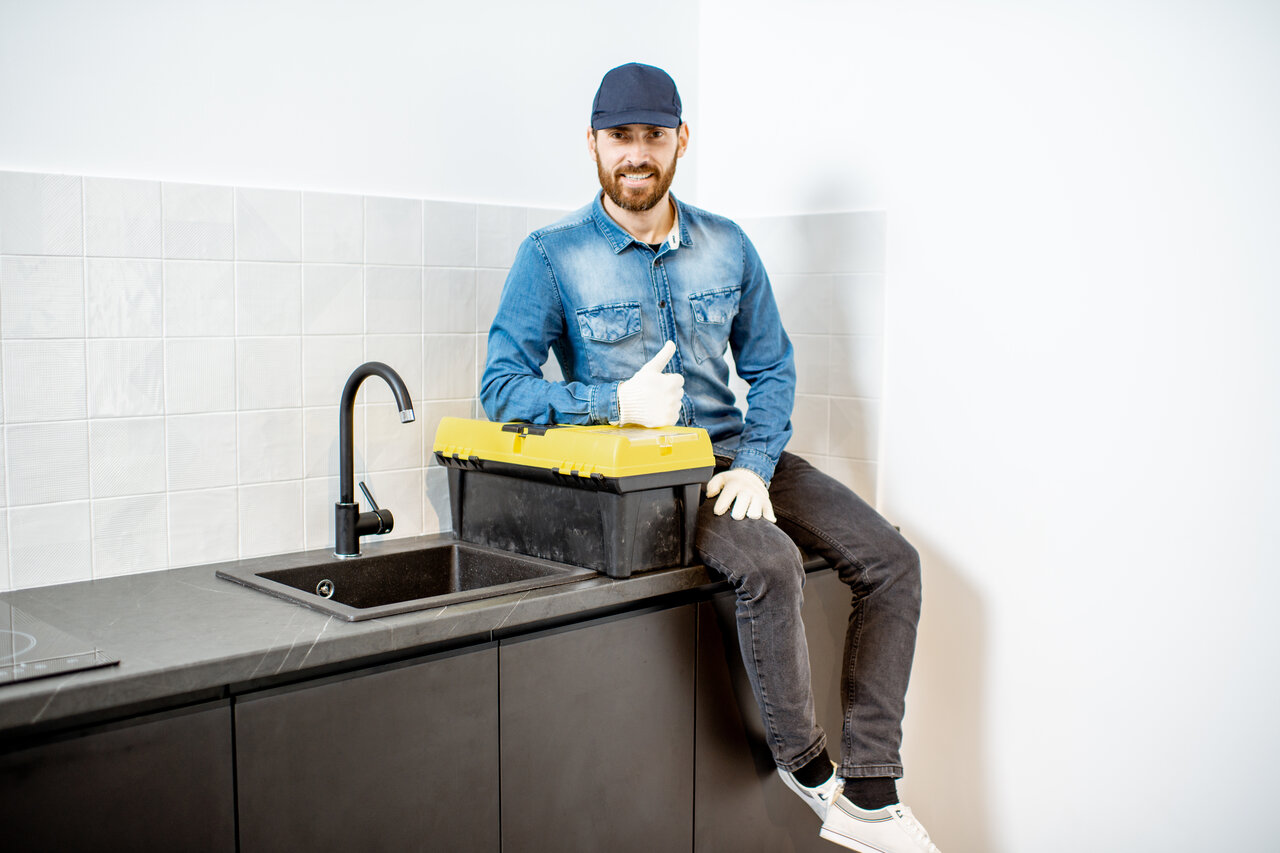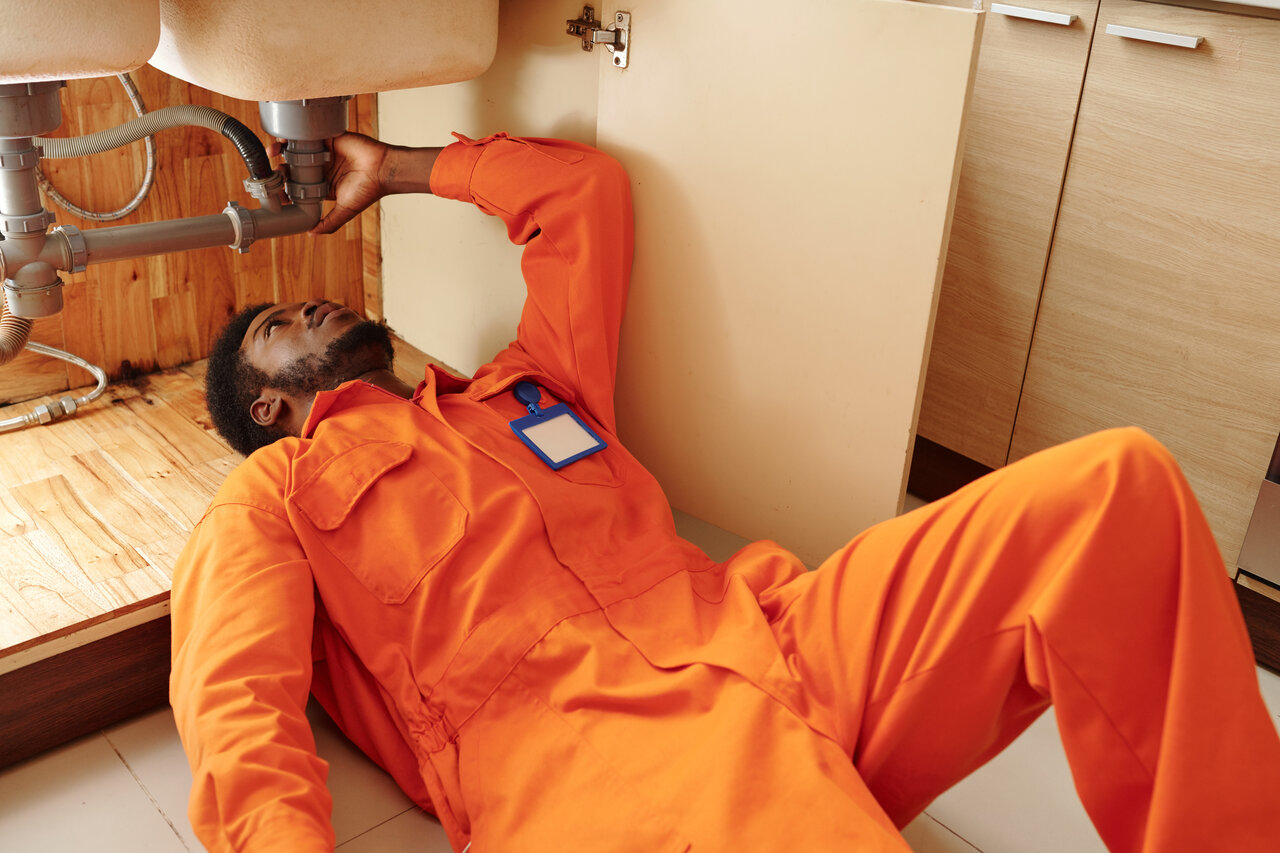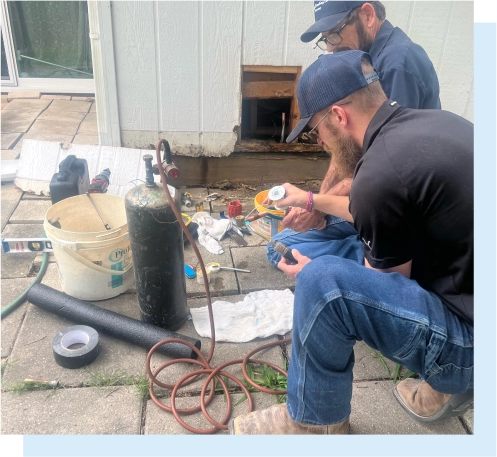
A slab leak is a serious plumbing issue that can cause significant damage to your home if not addressed promptly. These leaks occur in the water pipes located beneath the concrete slab foundation of a house. When a pipe under the slab leaks, water can seep into the foundation, leading to structural damage, mold growth, and a spike in your water bills.
Early detection of slab leaks is crucial to minimizing their impact. Recognizing the signs, understanding the causes, and knowing the available solutions can save you time, money, and stress. Slab leaks might seem daunting, but with the right knowledge, you can effectively manage and address them. Proper maintenance and regular inspections can also go a long way in preventing these leaks from occurring in the first place.
In this article, we’ll explore what slab leaks are, delve into the common causes behind them, identify the symptoms to watch out for, and discuss the solutions available for resolving these issues. An informed approach can help safeguard your home against the potentially devastating effects of slab leaks.
What Are Slab Leaks?
Slab leaks are leaks that occur in the water pipes located beneath the concrete foundation, or slab, of a building. These pipes carry water to and from your home, and when they develop a leak, it can cause water to seep directly into the ground below your house. Over time, this can lead to significant structural damage, such as cracks in the foundation, and create an environment ripe for mold and mildew growth.
There are two main types of slab leaks: pressure leaks and drainage leaks. Pressure leaks occur in the pressurized water lines that supply water to your home. These leaks are often more noticeable because they can cause a rapid increase in your water bill and are likely to cause more immediate damage. Drainage leaks, on the other hand, occur in the drain pipes that carry wastewater away from your home. These leaks might be harder to detect initially since they don’t cause an immediate increase in water usage but can still lead to extensive damage over time.
Understanding the nature of slab leaks is essential for homeowners because it highlights the importance of quick detection and repair. Knowing what a slab leak is can help you recognize the signs and take action before the problem escalates.
Causes of Slab Leaks
Slab leaks can arise from various causes, and understanding these can help in preventing and addressing the problem effectively. Here are some of the primary causes of slab leaks:
1. Pipe Corrosion: Over time, the pipes beneath your slab can corrode, especially if your water has a high mineral content. This corrosion can weaken the pipes and eventually cause them to leak.
2. Poor Installation: If the pipes were not installed correctly when your home was built, they might be more susceptible to leaks. Poorly fitted joints, low-quality materials, and improper installation techniques can all contribute to slab leaks.
3. Ground Shifts: Natural shifts in the ground beneath your home can put pressure on the pipes, causing them to crack or break. These ground shifts can be due to natural settling of the soil or external factors like earthquakes.
4. Abrasion: Pipes that come into contact with concrete, rebar, or other surfaces can experience wear and tear over time. This constant friction can create weak spots that eventually leak.
5. High Water Pressure: Excessively high water pressure can stress your plumbing system, including the pipes under your slab. This pressure can lead to leaks at weak points in the pipes.
6. Chemical Reactions: Certain chemicals in the soil or water can react with the pipes, causing them to deteriorate more quickly. This chemical reaction can speed up the process of corrosion and lead to leaks.
By understanding the causes of slab leaks, homeowners can take preventive measures, such as controlling water pressure, using corrosion-resistant materials, and ensuring proper installation techniques are used. Recognizing these causes also allows for more effective diagnosis and repair when slab leaks do occur.
Symptoms of Slab Leaks
Identifying slab leaks early can save you from extensive damage and costly repairs. Here are some common symptoms to watch for:
1. Unexplained Increase in Water Bills: If your water bill spikes without any obvious increase in usage, a slab leak might be the culprit. Hidden leaks can cause significant water loss, leading to higher bills.
2. Damp or Warm Spots on Floors: When water leaks under the slab, it can create damp or warm spots on your floor. These spots often indicate a hot water pipe leak and should not be ignored.
3. Mold and Mildew: Slab leaks can create the perfect environment for mold and mildew to grow. If you notice a musty odor or see mold in places that don’t typically get wet, check for a slab leak.
4. Cracks in Walls or Floors: As water seeps from under the slab, it can cause your foundation to shift and crack. Look for new or expanding cracks in your floors or walls, which could signal foundation movement due to a leak.
5. Decreased Water Pressure: A leak under your slab can reduce the water pressure throughout your home. If the flow from your faucets or showerheads weakens, it might be due to a slab leak.
Recognizing these symptoms promptly can help you take action before severe damage occurs, protecting your home and saving money on future repairs.
Solutions for Slab Leaks
Once you detect a slab leak, addressing it quickly and effectively is crucial. Here are some common solutions:
1. Spot Repair: This method involves breaking through the slab at the precise location of the leak and fixing the damaged pipe. Spot repair is often quick but may not be feasible if multiple leaks or extensive damage are present.
2. Re-piping: In some cases, especially with older plumbing systems, it might make sense to replace the entire section of the pipe. Re-piping can prevent future leaks and is a more comprehensive solution than spot repairs.
3. Pipe Coating: Epoxy pipe coating involves cleaning the interior of the damaged pipe and applying a layer of epoxy to seal leaks. This method can be less invasive than breaking through the slab and is useful for minor leaks.
4. Re-routing: If accessing the leak is complex or multiple leaks exist, re-routing the pipe around the slab can be an effective solution. This process involves installing new pipes through walls, ceilings, or along the perimeter of your home.
Choosing the right solution depends on the severity and location of the leak, as well as the condition of your plumbing system. Consulting with a professional plumber will provide you with the best course of action to ensure a lasting repair.
Conclusion
Slab leaks present a serious threat to the structural integrity of your home and can lead to costly repairs if not addressed promptly. By understanding what slab leaks are, recognizing their causes, being aware of the symptoms, and knowing the various solutions, you can protect your home from extensive damage.
Early detection and timely intervention are key to managing slab leaks effectively. Regular maintenance and inspections can also go a long way in preventing such issues from arising. If you suspect you have a slab leak or want to ensure your plumbing system is in top condition, it’s essential to seek professional help.
At George Plumbing Co., Inc., we specialize in identifying and repairing slab leaks efficiently and effectively. Contact us today to schedule an inspection or service. Protect your home and your peace of mind with our expert plumbing in San Antonio.





